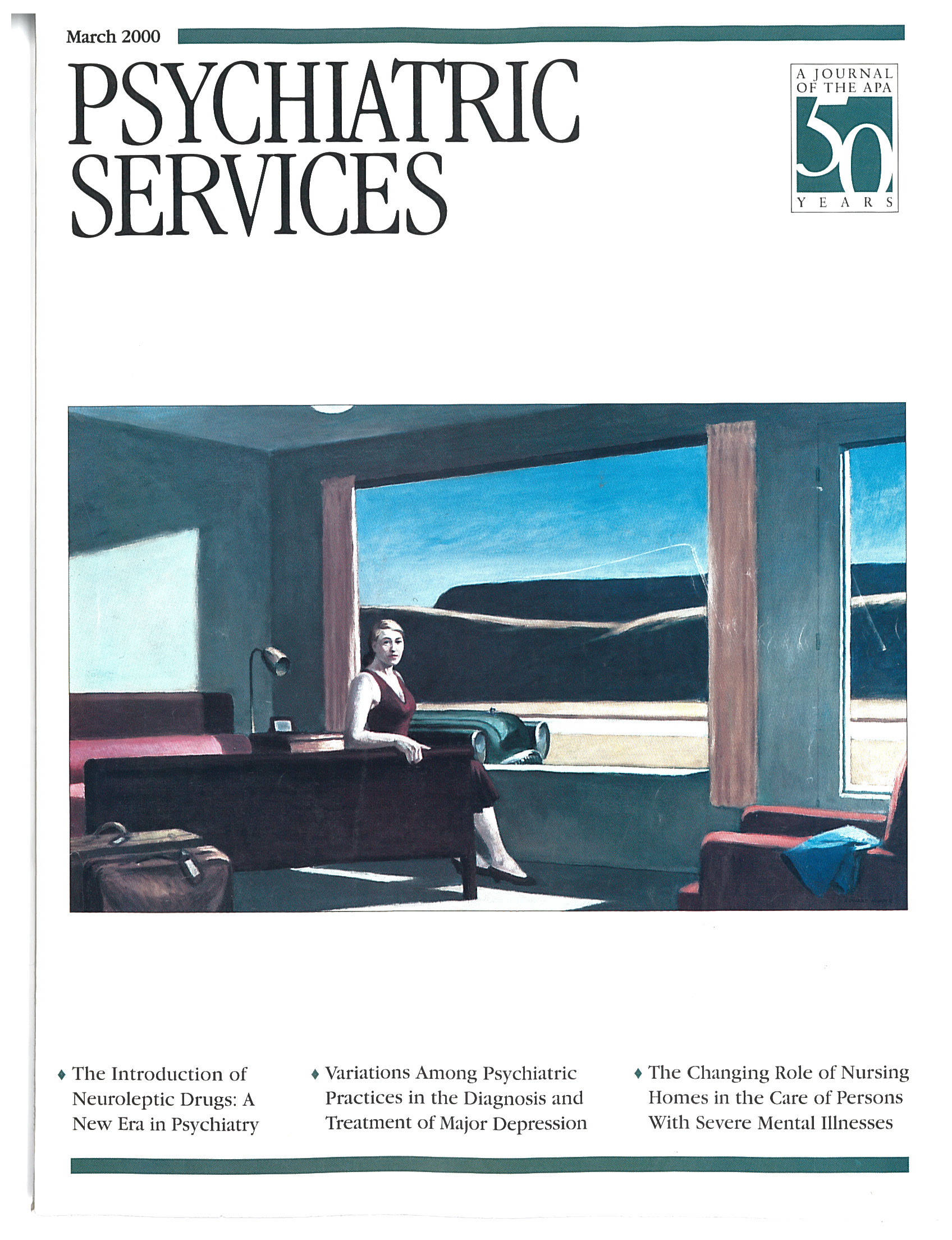Collective Violence: Effective Strategies for Assessing and Interviewing in Fatal Group and Institutional Aggression
This massive book is a product of 32 contributors, including two chief editors, two associate editors, and ten consulting editors. The book is divided into three distinct parts. The first part, Foundational Issues, contains six chapters covering violent groups and institutions in the United States, juvenile delinquency and violent crime, and women and aggression. Part 2, Collective Violence by Private Groups and Institutions, contains five chapters whose topics include cults, hate crimes, profiling and criminal investigative analysis of violent crimes, and dealing with large-scale hostage and barricade incidents. Part 3, Collective Violence by Government Institutions, comprises nine chapters providing detailed information on subjects ranging from capital punishment and deadly use of police force to chemical and biological violence and "oppression by science."
In addition, appendixes totaling more than 100 pages include chapters discussing misuse of psychological techniques under U.S. government auspices, atrocities that took place during the Vietnam War, and assessment of dangerousness using handwriting characteristics. A unique and valuable feature of this book is that almost every chapter has an excellent annotated bibliography summarizing the most significant works on the subject of violence.
The chapters on hate crimes, deadly cults, and antigovernment terrorists are especially thorough and fascinating. The book will surely be of interest to persons wishing to understand institutional and government-initiated violence. However, I cannot see many individuals purchasing a personal copy of this astronomically priced book. Nor would a library permit anyone, even a speed reader, to borrow it for the extended period necessary to read it in its entirety.
An important objective of this huge text, not hinted at in the title, is to propose principles and methods useful for inhibiting group and institutional lethal aggression. In this, the volume succeeds admirably. But even so, with the possible exception of the chapter on cults, most mental health professionals would not find the book of value in their clinical practice.
In sum, Collective Violence is an absorbing book, but not a useful one for busy mental health professionals seeking to improve their therapy skills.
Dr. Halpern is professor emeritus of psychiatry at New York Medical College in Valhalla, New York.



